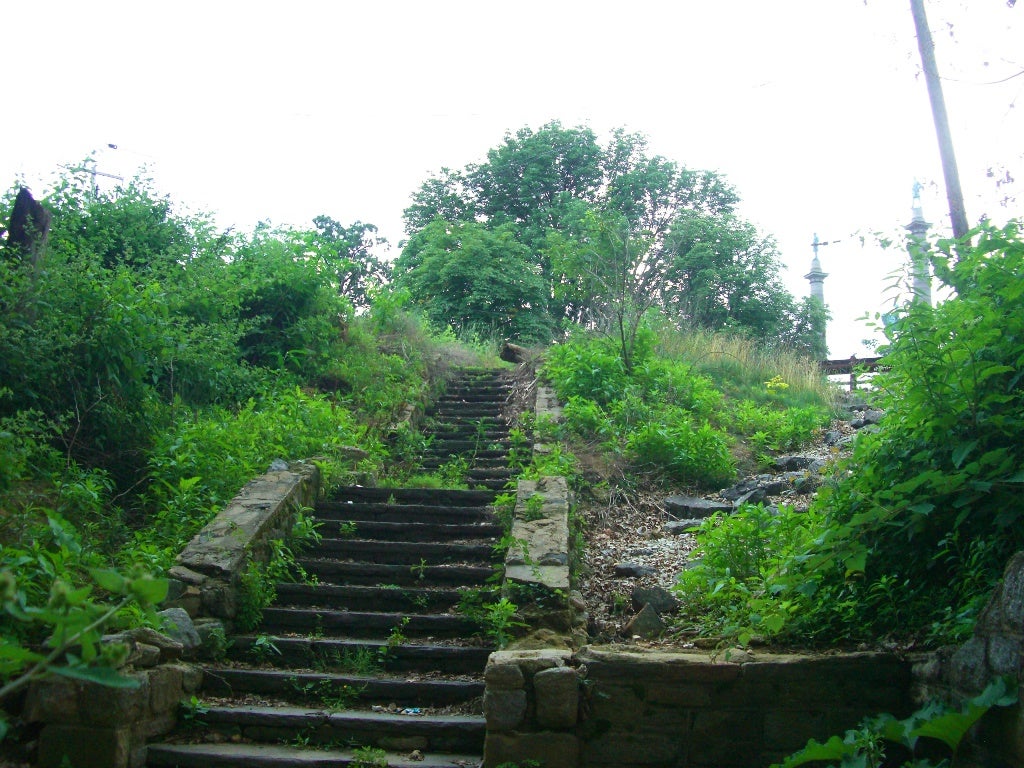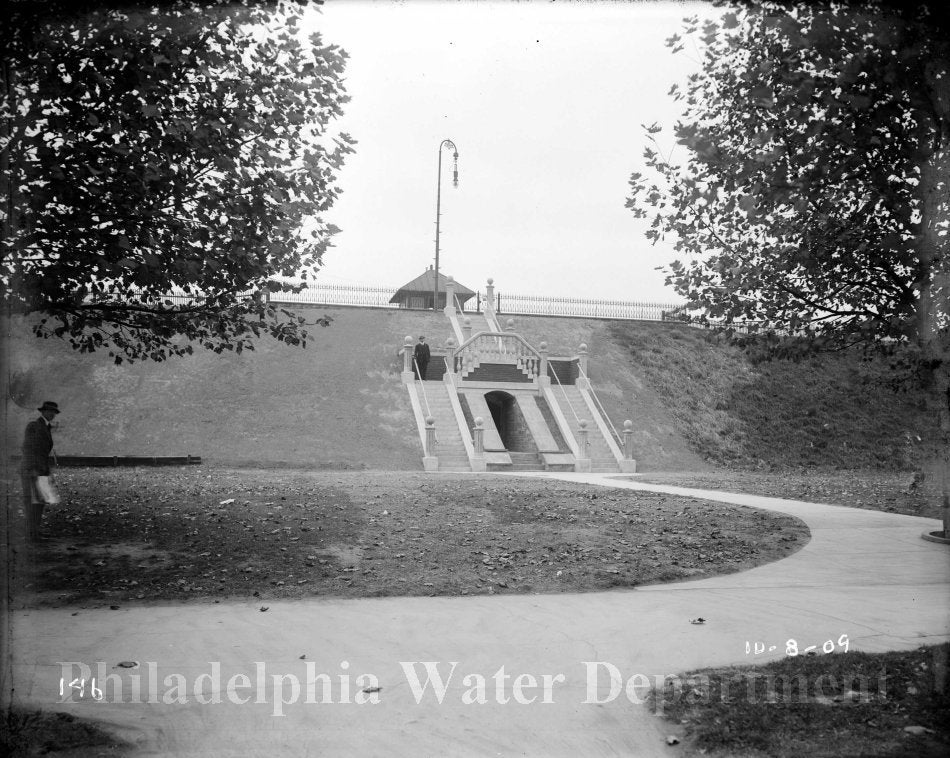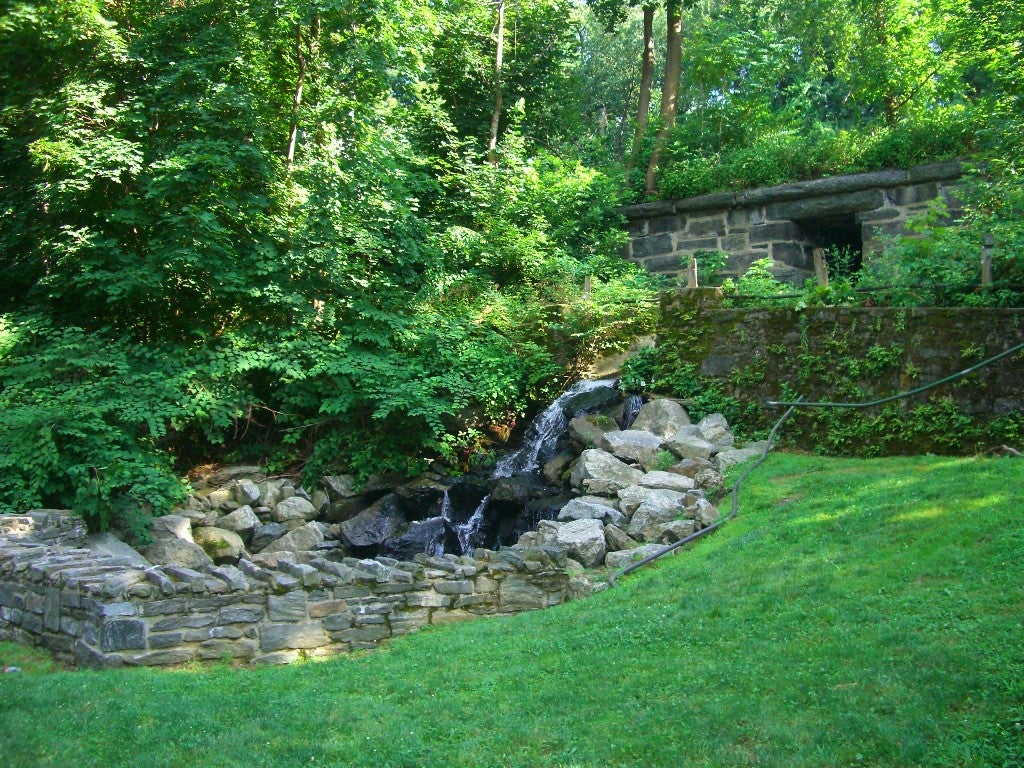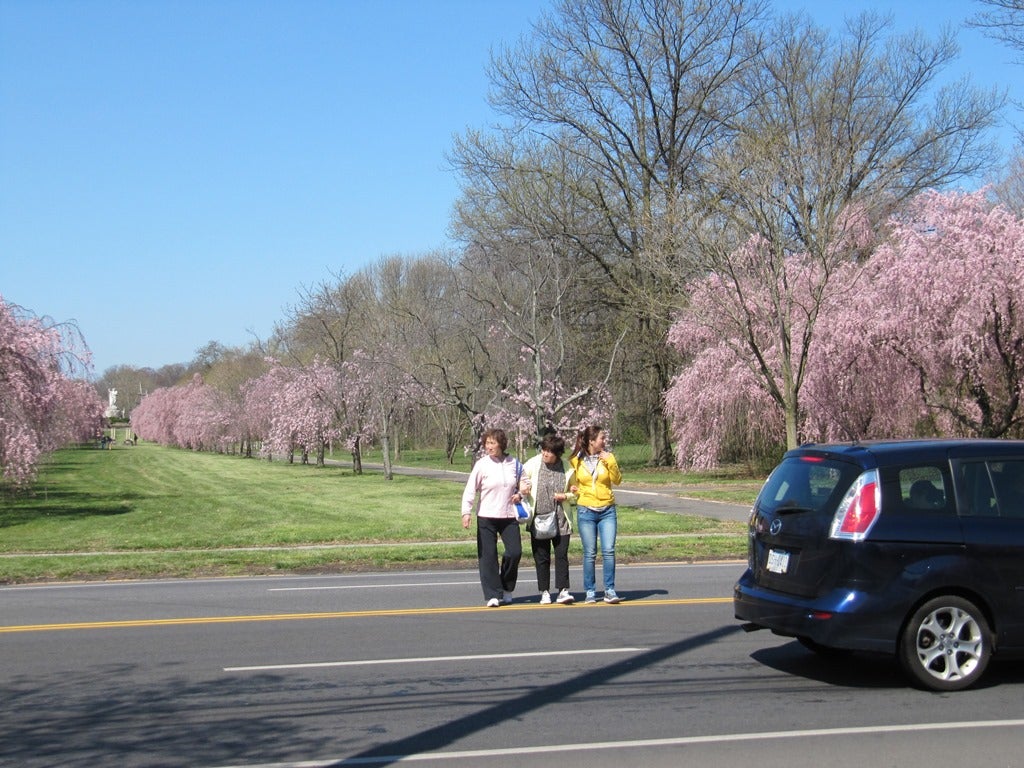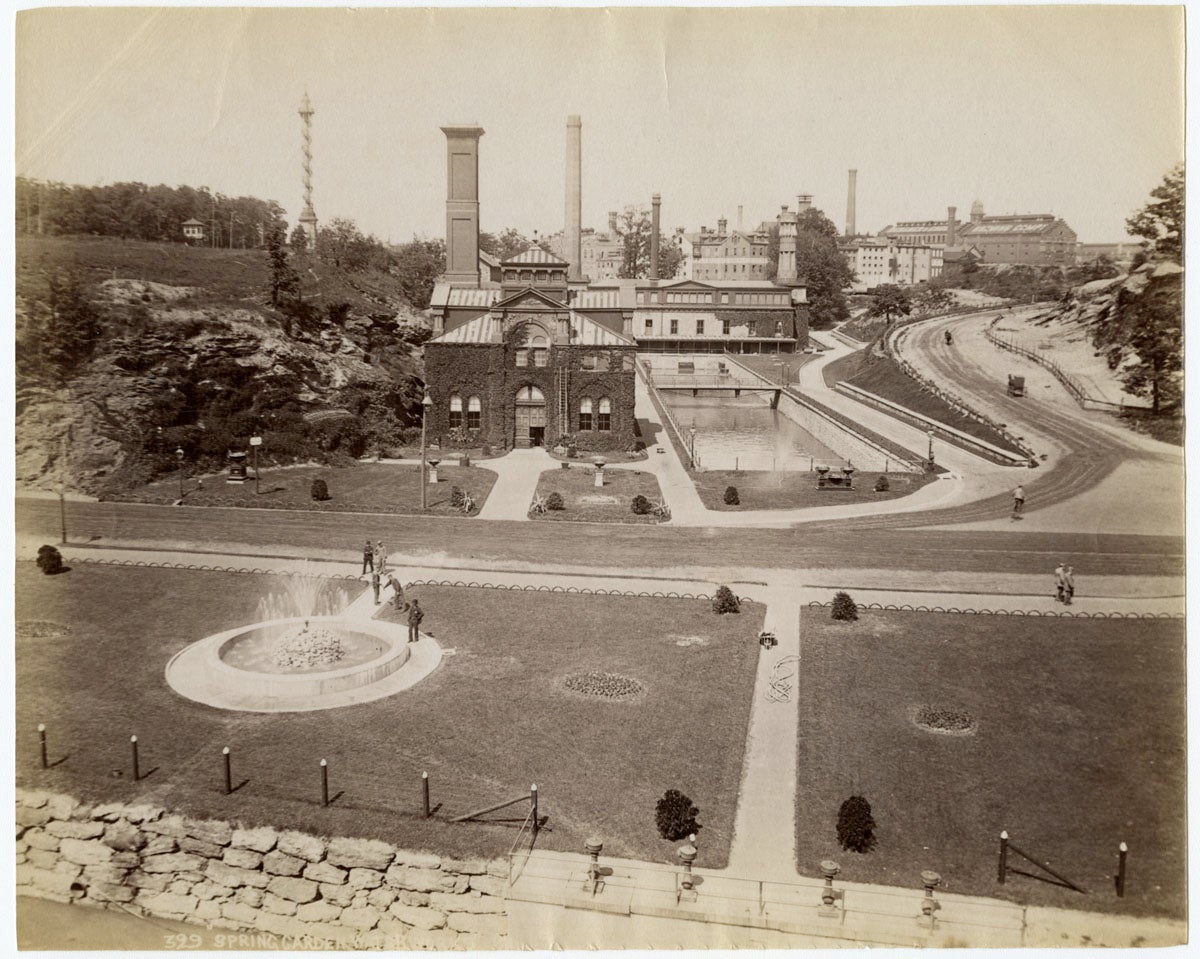Fairmount Park users want improvements in access, security
Whether they live in neighborhoods near Fairmount Park or travel from a distance, park users want better security and lighting, better access to the river, more historical markers and directional signs, and a single source of information on what activities are happening in the park.
“Lighting and safety were really common concerns,” said Harris Sokoloff, director of the Penn Project for Civic Engagement. “All four nights, people said they want to know what they can do in the park,”
The Penn Project for Civic Engagement and PennPraxis sought public input in a series of public sessions that will help Praxis craft A Community Vision and Action Plan for East and West Fairmount Park, work they are doing in partnership with Philadelphia Parks and Recreation, the Parks and Recreation Commission, The Fairmount Park Conservancy and the William Penn Foundation.
The goal, according to a letter written by PennPraxis Executive Director Harris Steinberg, is “to craft a vision that is based on community input and provides the Department with long-term recommendations as well as short-term project ideas to create the 21st century version of our 19th century watershed park.”
At last week’s session, Steinberg told participants Praxis also wanted input to refine the six draft guidelines it has created to help focus recommendations about the parks future:
Improving how people enter and access the park.
Preserving and protecting man made and natural assets.
Allowing people to better enjoy the water.
Helping citizens better understand the park and all it has to offer.
Improve Fairmount park for all residents, starting with the near neighbors.
Make the park safer and more accessible for people walking and biking’ reduce the emphasis on people driving.
While there were many common wishes among the more than 350 people who participated in the sessions, there were also geographical differences in hopes for the park’s future.
“The biggest difference was those who live and work in neighborhoods adjacent to the park are keenly interested in economic development and education opportunities the park could (provide) for nearby residents,” said Praxis senior planner Andrew Goodman.
They also want improved physical connections between their neighborhoods and the park – some of which used to exist, but were closed or changed in recent decades when the park entered a period of disinvestment.
Sokoloff noted that people who live near the park want an easily accessed source for park happenings not just so they can participate, but so they prepare for potential inconveniences.
“In the neighborhoods, there’s also a concern they are going to wake up one day, find out a major event – like a boating event or a race – that’s going to make it impossible for them to go from point a to point b,” he said.
During one part of the input sessions, participants were asked to reminisce about things they used to do in the park, and wish they still could.
Residents of Strawberry Mansion spoke of running, walking and camping with Scout troops around the reservoir just across 33rd Street from their neighborhoods. But then years ago, a fence went up that keeps people away from the reservoir and makes access from that neighborhood difficult. It was partly due to reduced interest in the park, but also related to a drowning, Goodman said.
The Audubon Society and Outward Bound propose a bird sanctuary around a nearby reservoir that is no longer used for drinking water, but current plans call for paid admission to the sanctuary. There is concern that not all residents will be able to afford the admission, and so they would be left out of new park activity within their own neighborhood.
Will the recommendations include access to the 33rd Street Reservoir?
The events of 9/11 make it unlikely that the water department would allow people to physically get in the water again, Goodman said. But recommendations will address changes to the “edge” between Strawberry Mansion and the park to better knit the neighborhood with the park. “This is a very important piece of our water infrastructure, and we don’t want to do anything to compromise that. But it can be more park-like in appearance and programming, and more integrated into the neighborhood, instead of a barrier” to park access.
Those who live in other parts of the city were generally, but not exclusively, more focused on activities along the drives than within the park itself.
Participants in a group session PlanPhilly observed last week at Lloyd Hall fondly remembered being able to rent canoes and other small watercraft at a public boathouse, and hoped to bring that back. Some spoke of the need to preserve the park’s older structures, including an old bridge.
A representative of the Northeast Roadrunners club said it was frustrating to receive parking tickets for exceeding the time limit at a meter, when it takes most people more than the allotted time to complete a run. He suggested extending the time. Another participant noted a longer time would mean fewer people get to use that parking place each day.
Several cyclists said the city should do more for people who are getting to and around the park by means other than the automobile.
Participants lamented the lack of a substantial police or security presence within the park, and some fondly remembered when it had its own batch of officers.
Others wished for a place to swim in the river, and several expressed a desire that the future park not be “over-planned,” but maintain some of its natural wildness.
In addition to the public input sessions, PennPraxis spent the summer interviewing leaders from more than 80 civic and other organizations. Praxis is now combing through all of this information to craft recommendations, with a Spring 2014 target for completion. Those recommendations will include both short- and longer-term items, with the goal of translating park-user ideas and desires into suggested actions, Goodman said.
Feedback can still be given by emailing praxis@design.upenn.edu or by calling Goodman at 215-746-3849.
WHYY is your source for fact-based, in-depth journalism and information. As a nonprofit organization, we rely on financial support from readers like you. Please give today.



